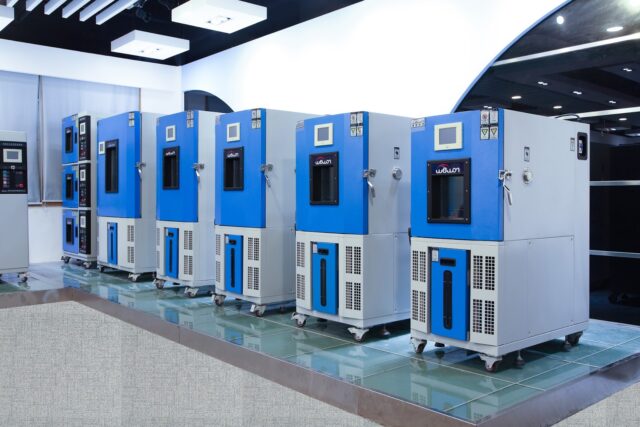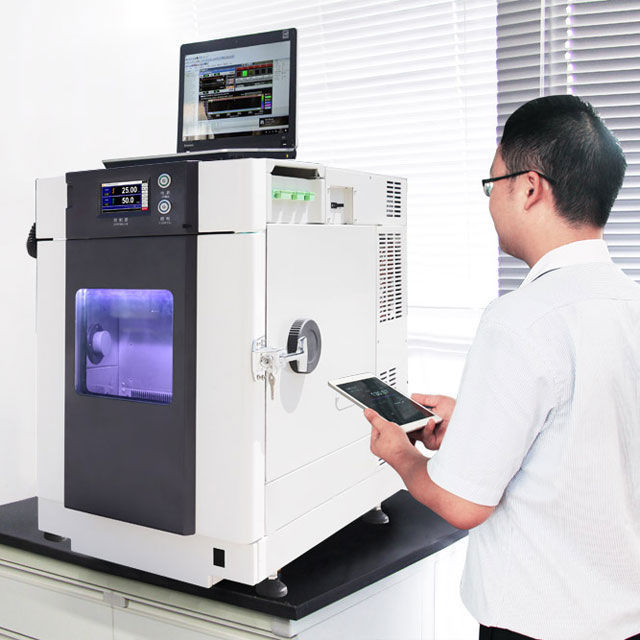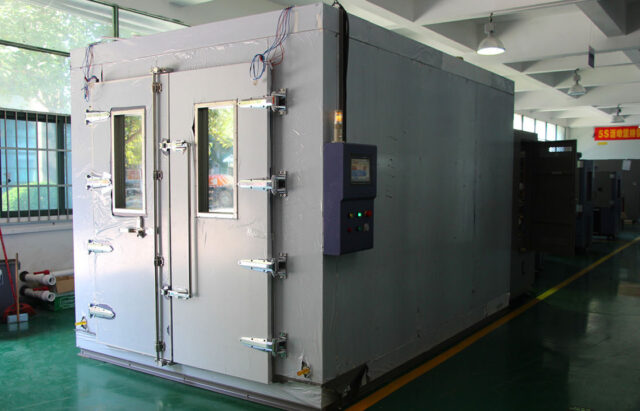
Product testing can be expensive, especially if you’re outsourcing to 3rd party companies. Every company has a set budget for every product, so naturally, it can take a lot of your pre-launch budget to have your product tested by someone else.
So that’s why testing chambers are a thing, and you can purchase one for your entire product testing needs.
What Are Testing Chambers?
Testing chambers is a broad term for a laboratory test that is used to determine the effects of stresses such as extreme temperature, light, corrosion, vibration, and other parameters of a product.
The testing results can uncover any potential problems related to the product and if the product can withstand harsh conditions. This is crucial information for any company that develops products in the environmental, food science, electronics, or pharmaceutical industry.
Determining the best testing chamber can be rather complicated, and it heavily revolves around a few criteria.
Development Testing

If you are developing a product in the research and development industry, then you have to think about how the different elements can be tested by identifying the components.
The most common tests in this area are those intended for product shelf life, ALT/HALT testing, and stability and package testing. Tests can be run to find weak spots, usually using temperature for thermal cycling and humidity. Naturally, environmental testing chambers feature the most precise results for this industry.
Product Testing
According to ugtx.com, companies can eighter choose to test each and every product or take samples from batches. This is usually done through HASS testing, which involves pushing the product to its stress limits. HASS testing is very important because it is a key process in manufacturing. Thermal chambers can be used for this sort of testing, but be careful as products can fail during the testing process due to unreliable components.
As an example, smartphones, flight record devices, AEDs and lots of other products are testing through HASS.
These are the two criteria of which most companies make their selection. And now, let’s get into some more characteristics that will make the selection a lot easier.
Chamber Size

Testing chambers come into a variety of sizes, such as Bell Test Chambers that range from smaller to larger ones.
Determining the chamber size is solely done based on 3 critical factors which are:
– Application test requirements
– Load size density
– And room conditions
While chambers are used for a variety of applications and sizes, the most common ones are generally between 0.5 to 64 cubic feet.
Temperature Characteristics
Each testing chamber has a cooling system that can eighter be single or double stage (cascade) systems. The former support temperatures as low as -37 degrees Celsius, and the latter support temperatures as low as -73 degrees Celsius.
Furthermore, testing chambers can be separated into two additional categories, air-cooled and water-cooled. It might sound an easy decision to choose the water cooling method, however, these chambers require a dedicated conditioned waterline. Water-cooled chambers also require more complex installation and maintenance, as opposed to air-cooled.







